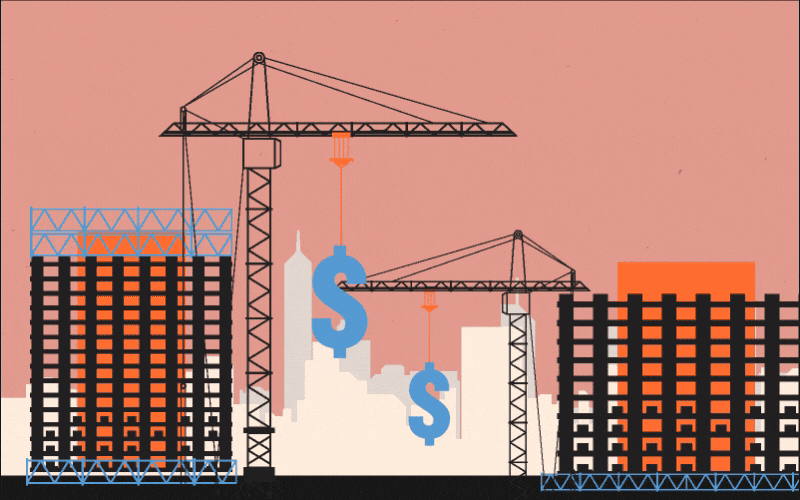New York City is bracing for a deluge of deliveries in 2025. But more supply won’t do much to head off surging rent growth.
December marked the third straight month that the median rent rose annually, as did the pace of increases, according to a report by appraiser Jonathan Miller for Douglas Elliman.
Manhattan’s median rent hit $4,334 last month, 7 percent higher than a year ago. In November, rents jumped 5 percent annually; in October they rose 2.4 percent.
Miller said even higher prices may be in store this winter.
Over the past few months, stubbornly high mortgage rates drove the unseasonable upswing.
Higher borrowing costs deter would-be homebuyers, who hold onto their rentals and clog the city’s supply-constrained market.
But after a dearth of deliveries in 2024, New York is projected to add a record number of units in 2025 — 34,800 or 85 percent more than in 2024, according to RealPage. More supply typically drives higher vacancy rates, which push landlords to lower rents to compete for tenants.
Something to that effect looks to have played out in Brooklyn last year. The borough added three times as many rentals as Manhattan in 2024, according to RentCafe, and posted annualized rent growth of 4 percent in the last three months of the year. Manhattan rents jumped over 14 percent in the same period.
But Miller said other factors will counter the price relief generated by more supply.
Fresh-faced apartments fetch more than older stock, meaning those leases will jack up the median rent. And mortgage rates are expected to stay higher for longer, keeping house-hunters on the sidelines and flaming demand.
“[More supply] will certainly help but I remain skeptical it will have a significant impact on rents,” Miller said.
Plus, the market now expects the Federal Reserve, in response to signs of sticky inflation, will pump the break on rate cuts. That could keep construction financing costs high and deter new development, Miller said.
There is a chance rent gains will cool in the back half of 2025, but much depends on the macroeconomic factors, which will be influenced by President-elect Donald Trump’s incoming administration.
If the Fed keeps cutting in line with its forecasts, mortgage rates may come down in the back half of 2025, Miller noted.
But if the tariffs proposed by Trump take effect and reignite inflation, the 10-year Treasury yield could rise, yanking mortgage rates up along with it.
Read more



